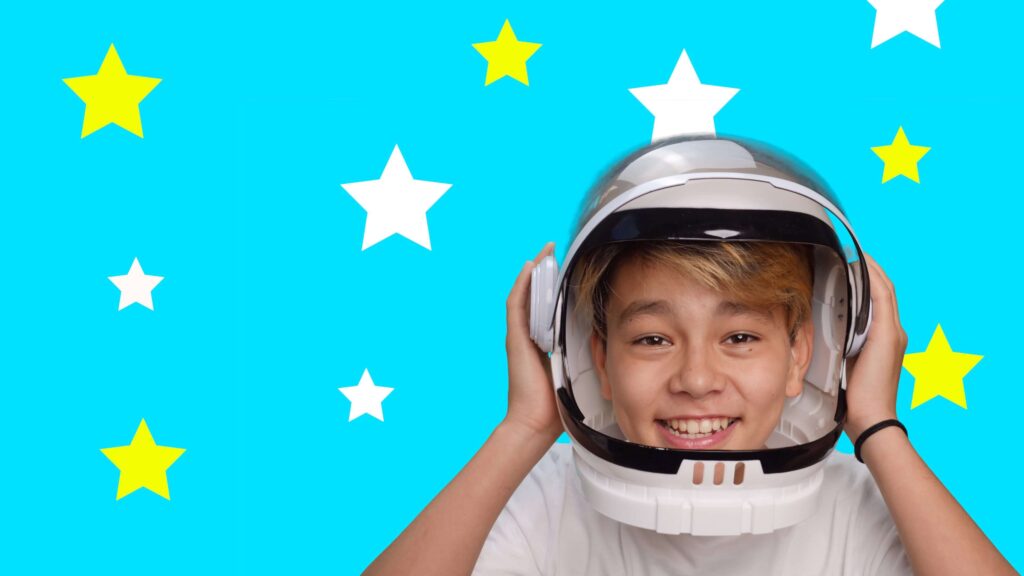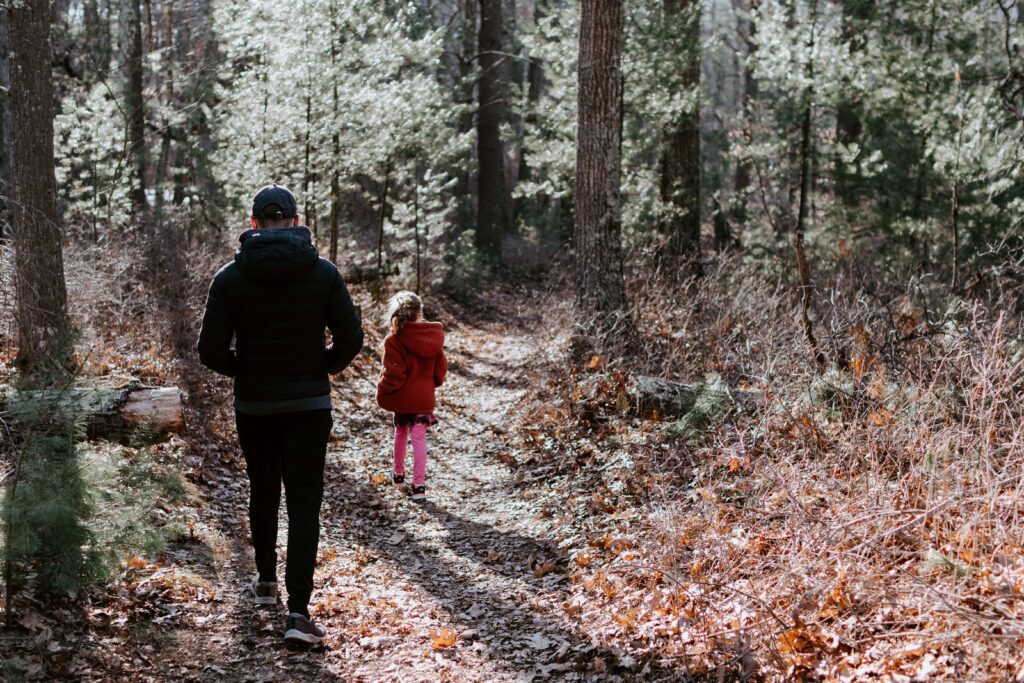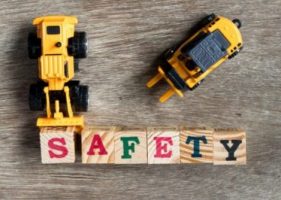
The importance of science for society and our understanding of the world cannot be ignored. UNESCO describes it as our “greatest collective endeavor”, and there is no time like childhood to develop a love for and an interest in the sciences. Likewise, successful STEM Education states “Studies have identified the elementary years as the period when students form their interests in STEM identities and careers—much earlier than many people probably believe to be the case”. As parents and careers, everything we can do to impact our children’s views of science positively is essential.
A poll by NPR found that nearly 25% of parents and careers do not believe their child’s school emphasizes science education enough. It is therefore worth considering what more you can do as a family to promote science and to encourage a love of the subject in your kids.
Some parents may worry about their child’s ability and whether scientific information is actually sinking in. However, research carried out by the Bay Area Discovery Museum, The Roots of STEM Success: Changing Early Learning Experiences to Build Lifelong Thinking Skills, brings together a range of studies of children aged ten and under. It finds that while younger children may not be able to sift through information and share it effectively, they can understand complex scientific concepts and draw valuable conclusions. Children can do more than we think, so it is our responsibility to provide them with the scientific experiences they need to maximize their potential.
The Benefits of Scientific Education in Childhood

The earlier you introduce scientific ideas and theories into your children’s lives, the more they stand to gain. There are a wide range of benefits that come from prioritizing scientific education.
These include the following:
1) Foster a Lifelong Love of the Sciences
Children are naturally explorative. They want to learn and discover new things. Tapping into your children’s natural predisposition for discovery and experimentation will help to set the ball rolling for a lifelong love of science. Classroom-based learning can have a positive or negative impact on children. So, the more foundations you lay, the better the chance of a positive outcome. Nurturing a positive attitude to scientific learning positions your kids positively for their future education.
2) Provide the Base for a Scientific Mind
Scientific and critical thinking is a valuable skill across all areas of life. Simple day-to-day activities give many opportunities to introduce scientific ideas and a scientific approach to thinking. Encouraging and directing children’s natural curiosity and bringing basic scientific vocabulary into play at an early age makes this feel more natural and intuitive for your children as they grow.
3) Enrich Wider Learning and Education
A good basis of education in science has many transferrable skills and opportunities. Children have the chance to develop and practice a wide range of skills and attributes. For example, as already mentioned, scientific language can help boost their vocabulary. Similarly, other core skills such as communication, collaboration, and perseverance are developed in examination and investigation-based tasks. Once your child shows an interest in any area of science, you can nurture and push this forward with additional support and wider-related activities such as reading and literacy tasks and math-based exercises linked to the science.
There are many different ways of introducing science in day-to-day activities or planning days out to engage your kids with the science all around us.

Proactive Ways to Get Kids Engaged with Science
It is possible to be overly regimented and to expect too much of young children. If you have a passion or interest, it is natural to want to share this with your children, but different approaches may be suitable for your children to help ensure they enjoy the process. Keep these points in mind:
Process over Results
Introducing scientific concepts and engaging your children in scientific tasks is more about the process than results and correct answers. There should be no pressure on children to perform, and while you want them to gain some scientific understanding, the activity itself is the focus. Focus on channeling their curiosity and building their investigative skills.

Encouraging Child-Led Activities
Early science education is all about giving your children the chance to explore. Organizing activities is great, but if things go off on a tangent and the kids want to explore something else, let them go with it. Providing the opportunity to learn and investigate in their own way is much more likely to be a success than rigid classroom-like activities.
There are many everyday ways you can bring science into your home and introduce it to your kids. One option is to buy them a simple science kit or one you can go all out with some of the wonderful ideas discussed below.
1) Make a Mess
Children of all ages will delight in the chance to make a huge mess, and there are scientific ways of doing so. With a couple of shrewdly-selected materials, mess-making can become a scientific project and activity for kids of all ages. For example, the youngest kids can enjoy shaving foam play, giving them the chance to touch, feel and mold the foam. In addition, you can ask questions to encourage their scientific thinking, such as:
- What does the foam feel like?
- What shapes are you making?
You can make it even more fun and explorative by adding food coloring and looking at the paths the colors make through the foam. Kids will love the chance to make a huge mess.
Exploring the popularity of slime and the online craze it has generated is the kind of scientific project older kids will love. Making slime involves a range of different scientific processes. There are hundreds of recipes online as well as ready-made slime making kits that test the kids’ abilities in measuring and mixing. You can also use it as an opportunity to ask questions about the slime. What makes it slimy? What makes it gooey? These kinds of questions get the children’s scientific minds whirring!
2) Explore Water
Water play can be enjoyed from birth, and as children grow, you can begin taking a more scientific approach to things. A few toys, plastic bottles and a bowl full of water is enough to engage young minds and will prompt them to approach water from a new scientific angle.
Playing with water in its different forms helps children understand and get to grips with what it is and how we use it to determine our understanding of other materials. Water is the easiest way to introduce children to the concept of liquids, solids, and gases. As you freeze and boil water, you can show them how it changes into its different forms.
A bowl of water is also a fantastic way of teaching children about floating and sinking. Test different toys and objects and make predictions. Which will sink and which will float? You can also ask why and see who is right. With your water bottle, you can cut a few holes and test the speed of water trickling through. As the water levels drop, what happens to the speed of the trickle? These are just some ways you can make the most out of a day’s water play.
3) Build Ramps
A building activity always gets the kids excited, and structural engineering counts as a science. Building ramps is a chance to explore motion, gravity, and planning. You can build ramps from anything you like – LEGO sets, cardboard, or a dive in the recycling trash should be enough to get everything you need. Once made, get a ball or marble to roll down the ramp. Challenge the kids to use what they have to create a fast, smooth surface for the ball to roll down. See who can get their ball moving fastest and for added scientific value, let them record their findings with your cell phone. This creates even more opportunities for discussion and interest.
4) Count Electrical Objects
Give the kids a lesson in both science and history with the story of Benjamin Franklin. In 1752 Franklin made his scientific breakthrough combining a key and a kite in a storm. Definitely don’t attempt to replicate his work, but you could look around the home and see how many items require electricity to work. Explain to them the history of our understanding of electricity, Franklin’s work and also see if they can begin to consider life without any electricity at all! That will surely be a challenge.
5) Explore building designs on a neighborhood walk
Architecture is another area of science that could be a way to get the kids talking. Take a drive or walk around the neighborhood and look at the different buildings. Show them the differences between different types of structures. For example, skyscrapers rely on specific building elements to ensure they can withstand strong winds, and coastal properties are often built high to avoid waves. You can show them different types of structures, and after the walk or drive, you can replicate the structures you’ve found at home. Whether you take another dive in the trash, bring out the building blocks, or simply draw, the kids can create their favorite style of structure at home.
6) Play sports and discuss physics
Not all kids are sporty, but those who love the chance to get stuck in can also take a great scientific lesson from their endeavors. Ball sports are great for teaching the principles of physics and discussing ranges of motion. Different sports also allow you to introduce anatomical science and discuss the different muscle groups in action in various games. Baseball, for example, involves a range of different core muscle groups, including anterior deltoid, triceps brachii, abdominals, obliques, quadriceps and pectoralis major. While you may not want to list the muscles in action during a big game, it is a great way to start a scientific discussion while training or playing at home.
7) Look around you and explore nature

A walk in the country is a great learning opportunity as well as lots of fun. It’s the perfect way to introduce the kids to a wide range of different types of trees, plants, insects and animals. You can introduce them to your local and indigenous wildlife and compare this to different areas when you vacation or visit family. You may know of local nature trails in your area, and national parks are a great place to experience nature and find new types of plants and animals.
Something as simple as turning over logs or rocks in the park can be a great starting point for a science project. What creatures can you find? Do you know the difference between various types of bugs? Bright days are perfect for sunbathing in the yard and looking at the different clouds in the sky. Can you tell your cirrocumulus from your cumulonimbus?

8) Bring biology to life with a fruit and veg garden
If you have space in the yard, then give your kids the gift of gardening. It’s an excellent way for them to experience basic biology principles in action, and you can introduce a range of scientific concepts as the garden begins to grow. Whether you opt for flowers or vegetables, the kids have a chance to learn about photosynthesis and the lifecycle of a plant. You can also introduce meteorology and weather, with weather predictions and forecasts built into their gardening plan and how they plan to organize their garden.
9) Take time to understand medicines
Next time the kids have a cough or need paracetamol, take the time to look over the bottle and explain just how this medicine works. The chance to understand at an early age can spark an interest in this area for some kids, and it can also help to convince them that taking their medicine is a good idea. If they do show an interest in medical science, you can introduce further concepts such as vaccinations and their importance, how x-rays work and how the body can heal itself after many types of injury and illness. This could be your first step in nurturing a future medical professional.
10) Talk chemical reactions over soap making sessions
Practical experiments are always the most effective, and as you’re always asking the kids to wash their hands, why not give them a lesson in the history of soap? Written down, it doesn’t sound very interesting, but a soap making session is a great way to introduce some basic chemistry. Soap making consists of chemical reactions that can be great fun when taught. For example, bringing together fat or oil, water, and a choice of alkalis soap begins the saponification process. When you make your own, you can also discuss bacteria and how to prevent the spread, another great scientific message to get across.
A lifelong love of science and developing a scientific mind is something you can foster from an early age. These are just some of the ways you can introduce scientific concepts to your kids before they even start school and help encourage scientific learning for later life.



